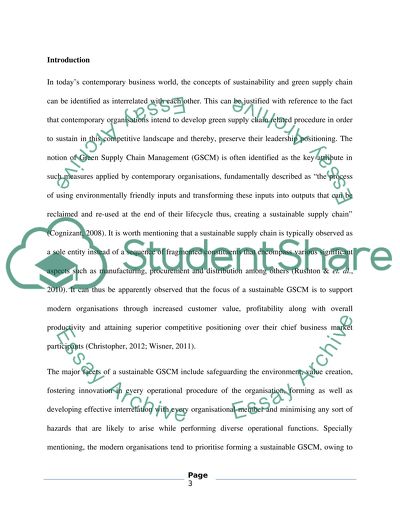Cite this document
(“Sustainability and the Green Supply Chain Essay”, n.d.)
Sustainability and the Green Supply Chain Essay. Retrieved from https://studentshare.org/marketing/1494077-address-the-topic-described-below-if-you-choose-to
Sustainability and the Green Supply Chain Essay. Retrieved from https://studentshare.org/marketing/1494077-address-the-topic-described-below-if-you-choose-to
(Sustainability and the Green Supply Chain Essay)
Sustainability and the Green Supply Chain Essay. https://studentshare.org/marketing/1494077-address-the-topic-described-below-if-you-choose-to.
Sustainability and the Green Supply Chain Essay. https://studentshare.org/marketing/1494077-address-the-topic-described-below-if-you-choose-to.
“Sustainability and the Green Supply Chain Essay”, n.d. https://studentshare.org/marketing/1494077-address-the-topic-described-below-if-you-choose-to.


